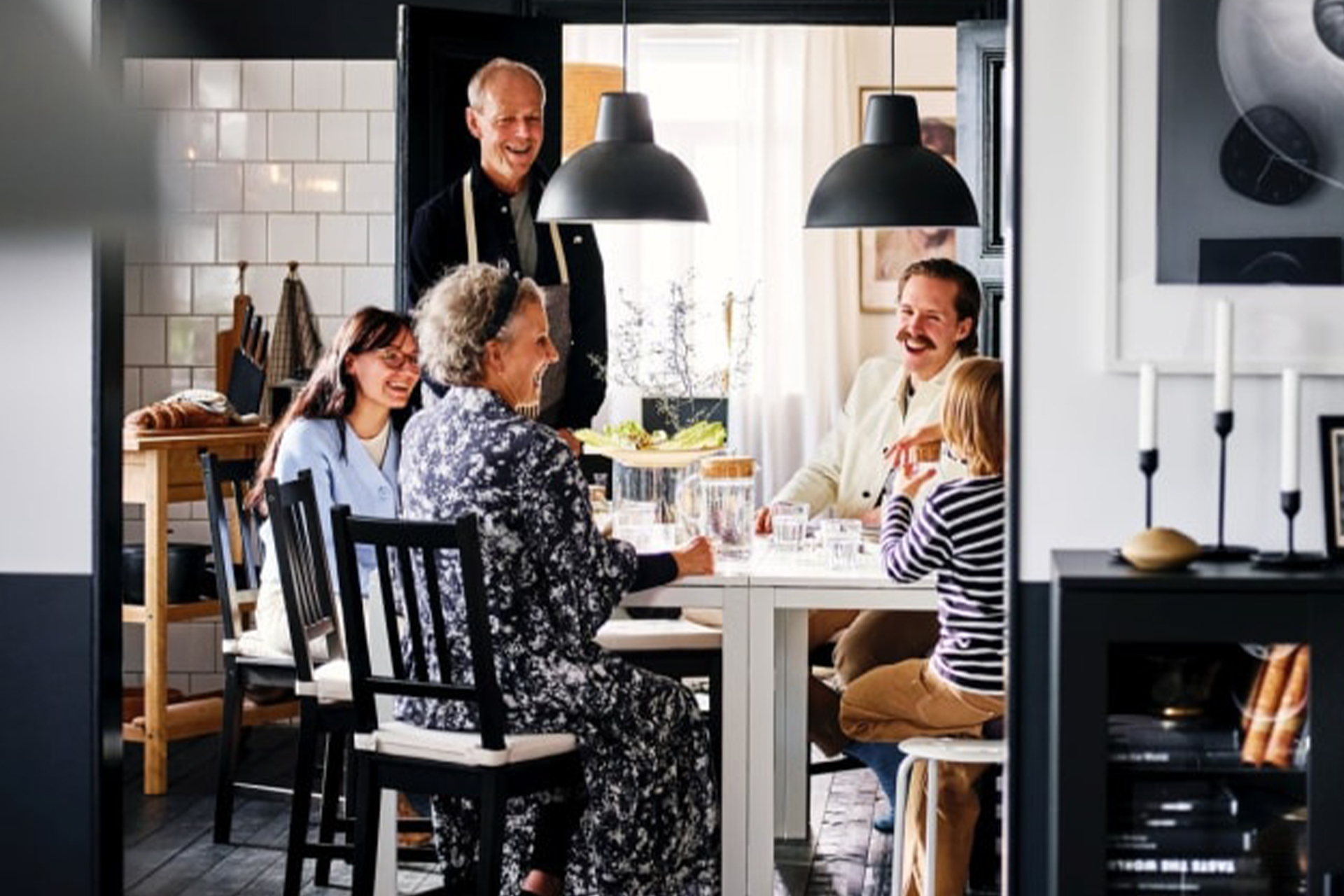Renters helped drive second-quarter home furnishings and housewares gains in the United States, according to the Home Furnishings Digest report from market researcher Consumer Edge.
A modest rebound in consumer purchases of home goods categories seems to be supported by what Consumer Edge characterized as a “notable rise in spending among renters” and lower inflation, as well as moderating declines across key home furnishings subcategories that had been experiencing softer sales. The developments suggest a stabilization in consumer behavior, the market researcher noted, with increased consumer confidence in discretionary purchasing, especially in categories that enhance everyday living.
Consumer Edge reported average home product spending per renter significantly outpaced that of homeowners, with renter spend up 10% in a second quarter during which homeowner spend was up just less than 5%. Renters have focused on maximizing space and personalizing living environments. The greater strength in the renter segment, coupled with easing inflation, has the potential to energize home furnishings growth. Retailers such as Ikea (pictured above), West Elm and The Container Store could especially benefit from growing renter demand, Consumer Edge suggested.
In addition, appliances and electronics posted more than 5% year-over-year growth in the second quarter, with consumers investing in cost-effective household improvements by purchasing products such as air fryers and blenders, according to Consumer Edge. Among retailers, P.C. Richard & Son, the largest chain of private, family-owned appliance and electronic stores in the U.S., exhibited particular second quarter strength, Consumer Edge asserted. SharkNinja and AJ Madison were among the top-performing smaller brands benefiting from consumer spending in the advancing product segments, according to Consumer Edge. The market researcher added kitchen-focused and diversified home furnishings companies continued to experience some softness as cautious consumers remain wary of spending on non-essential items.
“While the overall home furnishings market remains in recovery mode, the resilience in consumer spending, particularly among renters, is a promising sign,” said Michael Gunther, Consumer Edge vice president and head of insights. “These trends reveal a shift in consumer priorities, highlighting a growing demand for functional, yet personalized living spaces.”





